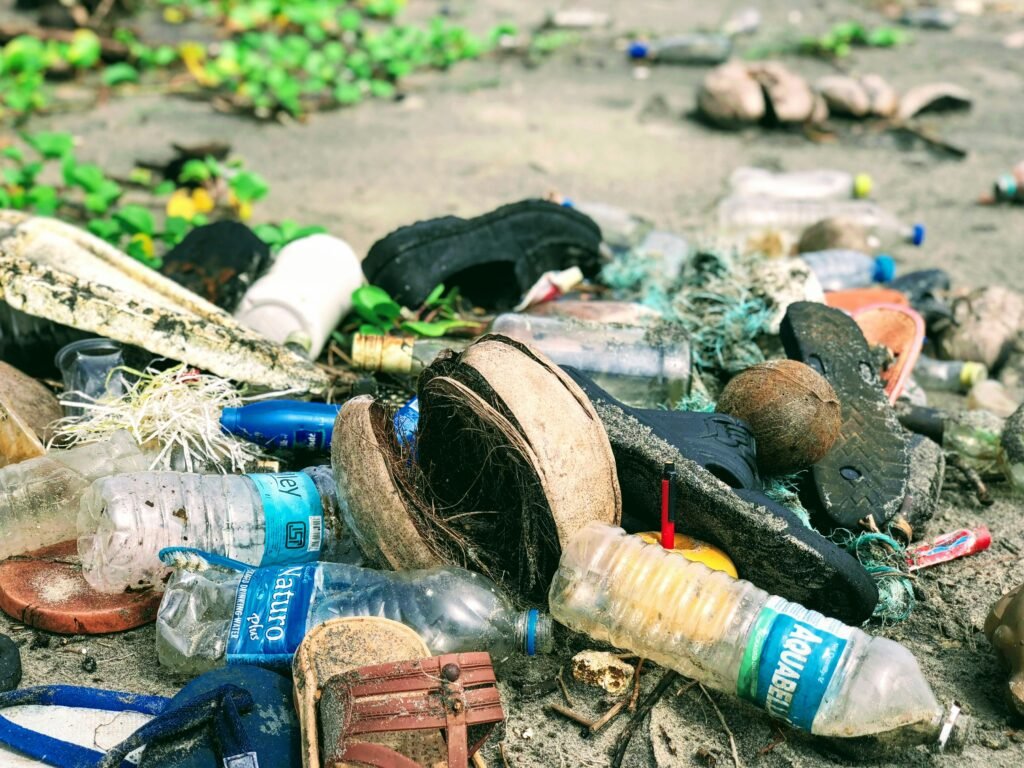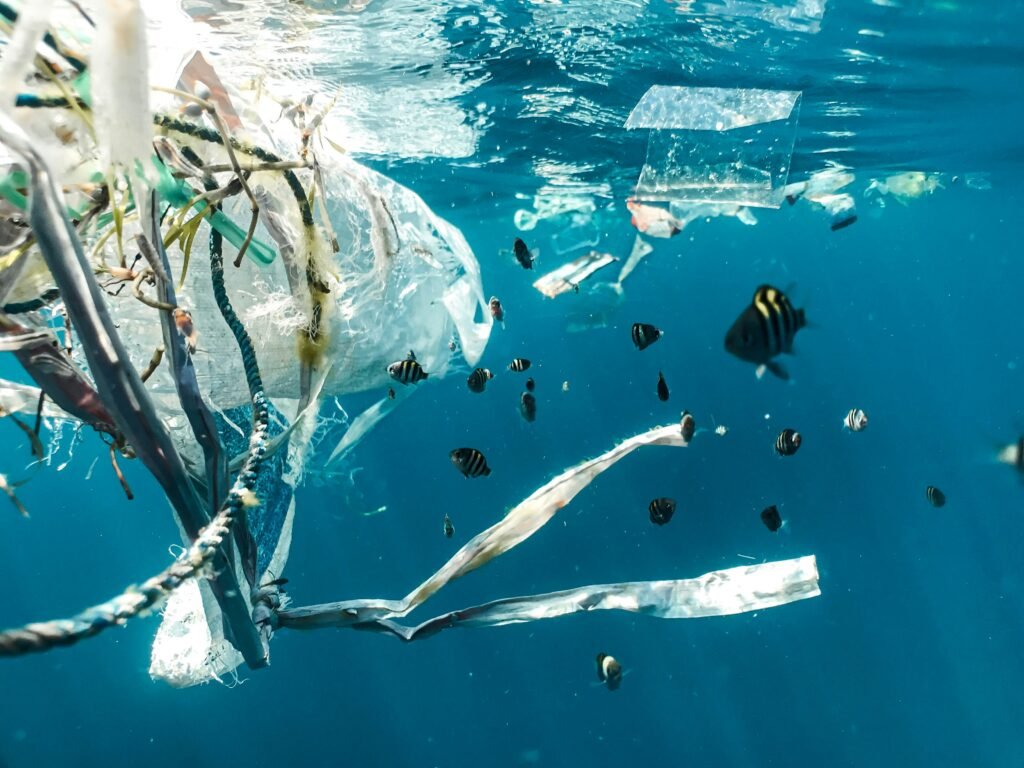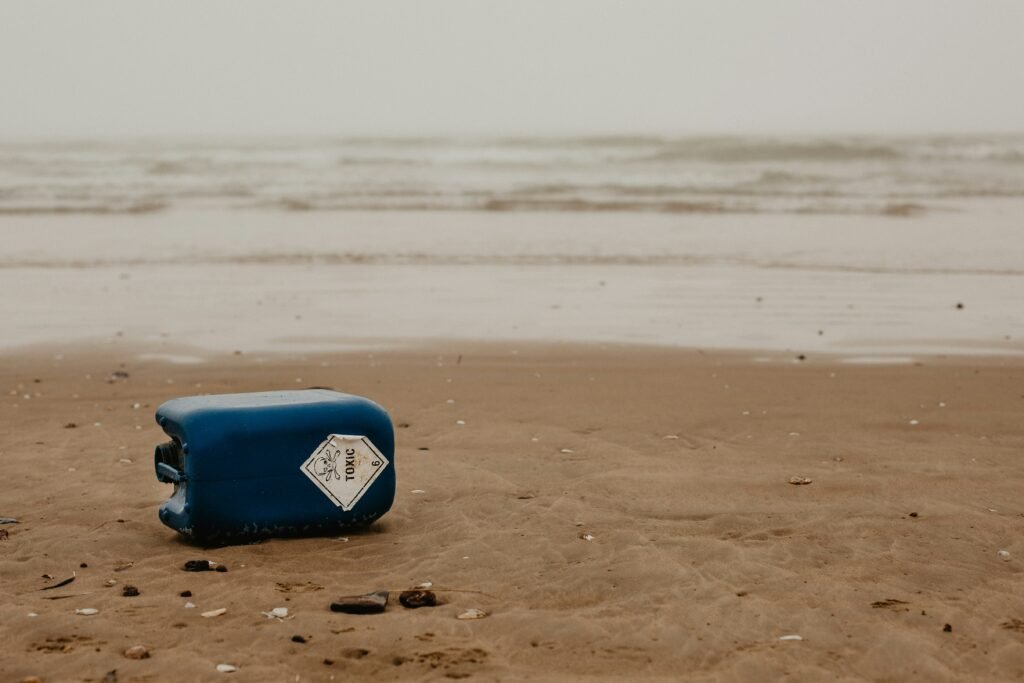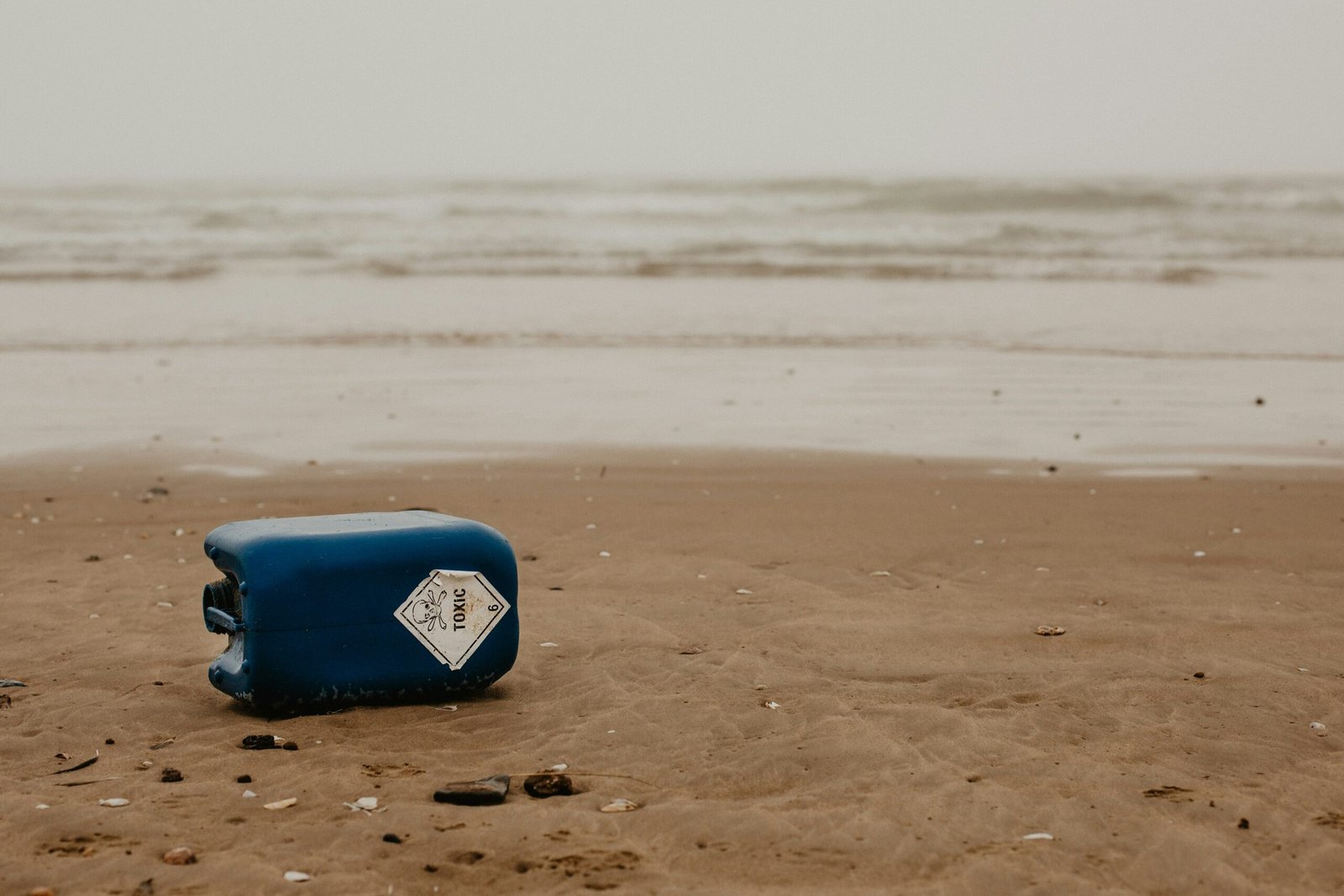Are you in need of plastic containers for storing and organizing your belongings? Before making a purchase, it is essential to consider a few crucial factors to ensure that you select the right ones. From the material and durability to the size and functionality, there are various aspects that play a significant role in determining the suitability of plastic boxes for your needs. By taking these factors into account, you can make an informed decision and find the perfect plastic containers to meet your storage requirements.

This image is property of images.unsplash.com.
Material
Durability
When it comes to choosing plastic containers, durability is a crucial factor to consider. You want containers that can withstand daily wear and tear without cracking or breaking. Look for containers made from high-quality plastics that are known for their durability. These containers are built to last, even when used on a regular basis.
BPA-free
Another important consideration is whether the plastic containers are BPA-free. Bisphenol A (BPA) is a chemical commonly found in plastics, and some research suggests that it may have negative health effects, especially when used for food storage. To ensure the safety of you and your family, opt for BPA-free plastic containers. These containers are free from harmful chemicals and provide peace of mind.
Recyclability
In today’s environmentally conscious world, recyclability is a significant factor to think about when buying plastic containers. Look for containers that are marked as recyclable and can be easily processed through your local recycling program. By choosing containers that can be recycled, you contribute to reducing waste and minimizing the environmental impact of single-use plastics.
Size and Capacity
Dimensions
The dimensions of the plastic containers play a crucial role in determining their functionality and suitability for your storage needs. Consider the available space in your kitchen cabinets or pantry and choose containers that fit comfortably without wasting valuable space. Measure the width, height, and depth of your storage area to ensure the containers will fit perfectly.
Volume
The volume of the plastic containers also matters, as it determines the amount of food or other items you can store in them. Think about your usual storage needs and opt for containers with appropriate volumes. Whether you need small containers for spices or large ones for bulk food storage, selecting containers with the right volume is essential for efficient organization.
Stackability
If you’re tight on storage space, stackability becomes a crucial feature to consider. Look for containers that have a design that allows them to stack neatly on top of one another. This feature not only maximizes storage efficiency but also makes it easier to access and organize your containers. Containers with a stackable design can help you make the most of limited shelf or cabinet space.

This image is property of images.unsplash.com.
Design and Shape
Lids and Closures
The design of the lids and closures on plastic containers plays a significant role in their functionality. You want lids and closures that fit securely and tightly to ensure airtight and leakproof storage. Look for containers with lids that have a reliable locking mechanism, such as snap-on or screw-top lids. These features help to keep your food fresh and prevent any leaks or spills.
Nesting Ability
If space-saving is a priority for you, consider plastic containers with nesting ability. This means that the containers can be neatly nested inside one another when not in use, saving valuable storage space. Nesting ability is particularly handy for containers with matching sizes or containers that come in sets. It allows for easy organization and keeps your cabinets clutter-free.
Visibility
Being able to see the contents of your plastic containers at a glance is essential for efficient storage and easy access to your food or other items. Look for containers with clear sides or transparent lids that offer visibility. This feature allows you to quickly identify what’s inside each container without having to open them, saving you time and effort in the kitchen.
Functionality
Easy to Open and Close
Nobody wants to struggle with opening or closing plastic containers, especially when you’re in a hurry or have your hands full. When choosing plastic containers, consider their ease of use. Look for containers with user-friendly features like easy-to-grip lids or buttons for quick release. Containers that can be opened and closed effortlessly make your storage experience convenient and hassle-free.
Can be Used in Various Environments
Versatility is a desirable aspect of plastic containers. Consider whether the containers can be used in various environments, such as the refrigerator, freezer, microwave, or dishwasher. Having containers that can handle different temperatures and conditions allows you to seamlessly transition from storing leftovers to reheating them or freezing food for future use. Look for containers that are labeled as microwave-safe, freezer-safe, and dishwasher-safe for ultimate convenience.
Versatility
Plastic containers with multiple uses offer excellent value for money. Consider containers that can be used for both food storage and other purposes, such as organizing craft supplies or storing small household items. If you can find containers that serve multiple functions, you can maximize their use and minimize clutter around your home.

This image is property of images.unsplash.com.
Storage Needs
Identifying Specific Storage Needs
To make the most of your plastic containers, it’s important to identify your specific storage needs. Ask yourself what items you plan to store, whether it’s dry goods, liquids, leftovers, or other household items. Different items have different storage requirements, and considering these needs will help you choose the right containers.
Organizational Features
Organizational features are essential for efficient storage. Look for containers with dividers, modular designs, or compartments that allow you to separate and organize different items. This feature is particularly useful for storing smaller items or for keeping different types of food separate. Containers with built-in organization features help you maintain order and find what you need quickly.
Special Compartments
Some plastic containers come with special compartments or accessories that offer added convenience. For example, you may find containers with removable trays or compartments that allow you to separate different ingredients in a bento-style lunch box. These special compartments can be beneficial for portion control and keeping your food items fresh and separate until you’re ready to eat.
Food Storage
Airtight and Leakproof
When it comes to storing food, airtight and leakproof containers are a must. Look for plastic containers with tightly sealing lids that create a reliable barrier against air and moisture. Airtight containers help keep your food fresh for longer and prevent the transfer of odors between different foods. Leakproof containers are essential for preventing spills and accidents, especially when transporting liquids.
Microwave and Freezer Safe
The convenience of being able to store and reheat food in the same container cannot be overstated. Look for plastic containers that are labeled as microwave-safe and freezer-safe. These containers are designed to withstand the temperatures of microwaving and freezing without warping or melting. Being able to safely transfer your containers from the freezer to the microwave saves time and minimizes the need for extra dishes.
Dishwasher Compatibility
Cleaning plastic containers should be a breeze, and one way to achieve this is by choosing containers that are dishwasher compatible. Look for containers that are labeled as dishwasher-safe, meaning they can withstand the heat and water pressures of a dishwasher cycle without losing their shape or durability. Dishwasher compatibility saves you time and effort on handwashing, making your storage experience more convenient.
Safety and Health
Chemical-Free
To ensure the safety of you and your family, choose plastic containers that are free from harmful chemicals. Look for containers that are labeled as chemical-free, indicating that they are made from materials that do not contain toxic substances. Chemical-free containers provide peace of mind and minimize the risk of any potential health hazards associated with certain plastics.
Non-Toxic
Similar to being chemical-free, non-toxic plastic containers ensure that no harmful substances leach into your food or other stored items. Check for labels that state the containers are non-toxic, indicating that they are safe for storing food and won’t pose any health risks. Non-toxic containers are an important consideration, especially when it comes to food storage and the well-being of your family.
Odor and Stain Resistance
Nobody wants their plastic containers to absorb or retain odors and stains. Look for containers that have odor and stain resistance properties. These containers are designed to resist absorbing odors and colors from the foods they store, ensuring that your containers remain fresh and clean over time. Odor and stain resistance contribute to the longevity and usability of your plastic containers.
Brand Reputation
Researching Trusted Brands
With so many plastic container options on the market, it’s essential to consider brand reputation. Do your research and look for brands that have a history of producing high-quality, reliable containers. Trusted brands often have a reputation for excellent craftsmanship and attention to detail, ensuring that you’re investing in products that will stand the test of time.
Customer Reviews
Another useful tool when evaluating plastic container brands is to read customer reviews. Take the time to see what other customers have to say about the containers you’re considering. Look for feedback on durability, functionality, and overall customer satisfaction. Customer reviews provide valuable insight and can help you make an informed decision.
Warranties and Guarantees
Some brands offer warranties or guarantees on their products, providing an added layer of confidence in your purchase. Check if the brand you’re considering offers any warranties or guarantees, such as a money-back guarantee or replacement policy. Knowing that the manufacturer stands behind their products can give you peace of mind and protect your investment.
Price and Value
Comparing Prices
When considering the price of plastic containers, it’s important to compare prices between different brands and retailers. While cost shouldn’t be the sole determining factor, it’s crucial to find a balance between quality and price. Compare prices for containers with similar features and capacity to ensure you’re getting the best value for your money.
Considering Long-Term Value
While plastic containers can initially seem like an inexpensive storage solution, it’s worth considering their long-term value. Evaluate the durability and functionality of the containers and assess how well they will meet your storage needs over time. Investing in higher-quality containers that will last longer may provide better value in the long run.
Budget Limitations
Lastly, it’s essential to consider your budget when purchasing plastic containers. Set a realistic budget and stick to it, keeping in mind the features and quality that are important to you. While it can be tempting to go for the cheapest option, remember that quality and durability are essential factors for long-term satisfaction with your purchase.
Environmental Impact
Recyclability
In an effort to minimize waste and preserve the environment, consider the recyclability of plastic containers. Look for containers that are marked as recyclable and can be easily processed through your local recycling program. Choosing recyclable containers contributes to reducing the amount of plastic waste that ends up in landfills or pollutes our oceans.
Sustainable Manufacturing
In addition to recyclability, consider the sustainability of the manufacturing process of the plastic containers you’re considering. Look for brands that prioritize environmental responsibility and practice sustainable manufacturing. Sustainable practices may include using recycled materials, reducing energy consumption, or minimizing water usage during production.
Reducing Single-Use Plastics
One of the key ways to reduce the environmental impact of plastic containers is to avoid single-use plastics whenever possible. Look for containers that are designed for long-term use rather than disposable options. Choosing durable, reusable containers helps reduce the demand for single-use plastics and promotes a more sustainable approach to storage and packaging.
